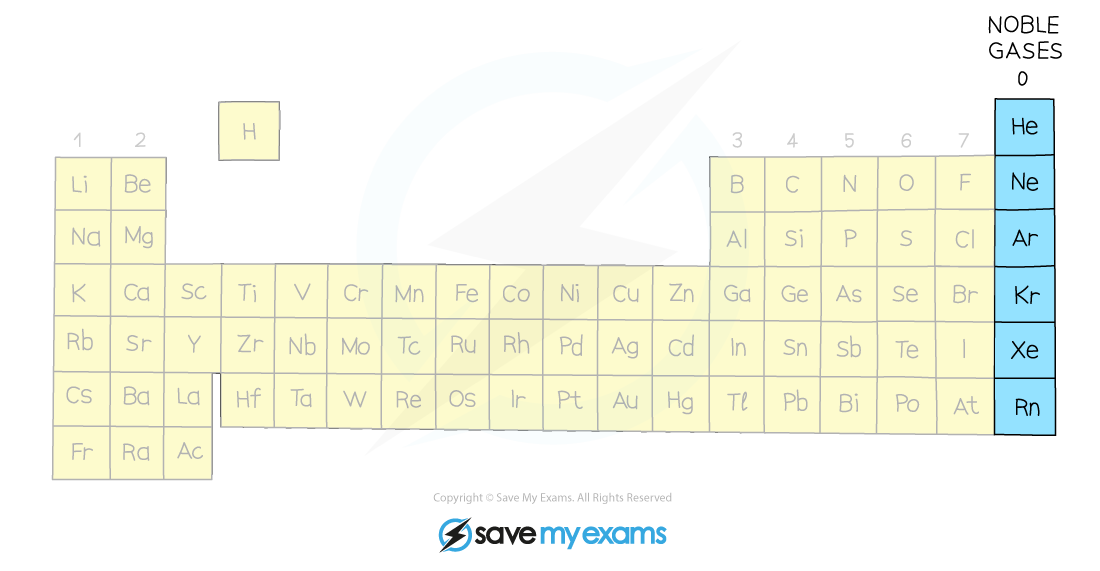- 翰林提供学术活动、国际课程、科研项目一站式留学背景提升服务!
- 400 888 0080
Edexcel IGCSE Chemistry 复习笔记 1.4.4 Electronic Configuration & Reactivity
Edexcel IGCSE Chemistry 复习笔记1.4.4 Electronic Configuration & Reactivity
Similar Chemical Properties
Chemical properties of elements in the same group
- Elements in the same group in the periodic table will have similar chemical properties
- This is because they have the same number of outer electrons so will react and bond similarly
- The group number of an element which is given on the periodic table indicates the number of electrons in the outer shell (valence electrons)
- This rule holds true for all elements except helium; although is in group 0, it has only one shell, the first and innermost shell, which holds only 2 electrons
- We can use the group number to predict how elements will react as the number of valence shell electrons in an element influences how the element reacts.
- Therefore, elements in the same group react similarly
- By observing the reaction of one element from a group, you can predict how the other elements in that group will react
- By reacting two or more elements from the same group and observing what happens in those reactions you can make predictions about reactivity and establish trends in reactivity in that group
- For example, lithium, sodium and potassium are in group 1 and can all react with elements in group 7 to form an ionic compound
- The group 1 metals become more reactive as you move down the group while the group 7 metals show a decrease in reactivity moving down the group
Why Noble Gases are Unreactive
- The elements in group 0 of the periodic table are called the noble gases
- They are all non-metal, monatomic (exist as single atoms), colourless, non-flammable gases at room temperature
- The group 0 elements all have full outer shells of electrons; this electronic configuration is extremely stable
- Elements participate in reactions to complete their outer shells by losing, gaining, or sharing electrons
- The Group 0 elements do not need to do this, because of their full outer shells which makes them unreactive and inert
- Other than helium which has 2 electrons in its outer shell, the noble gases have eight valence electrons (which is why you may see this group labelled “group 8”)
- Electronic configurations of the Noble gases:
- He = 2
- Ne = 2, 8
- Ar = 2, 8, 8
- Kr = 2, 8, 18, 8
- Xe = 2, 8, 18, 18, 8

The periodic table highlighting the noble gases – they occupy the group furthest to the right
转载自savemyexam

最新发布
© 2025. All Rights Reserved. 沪ICP备2023009024号-1









